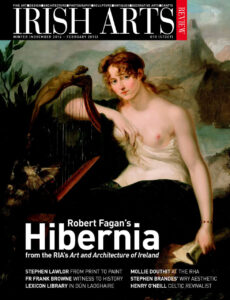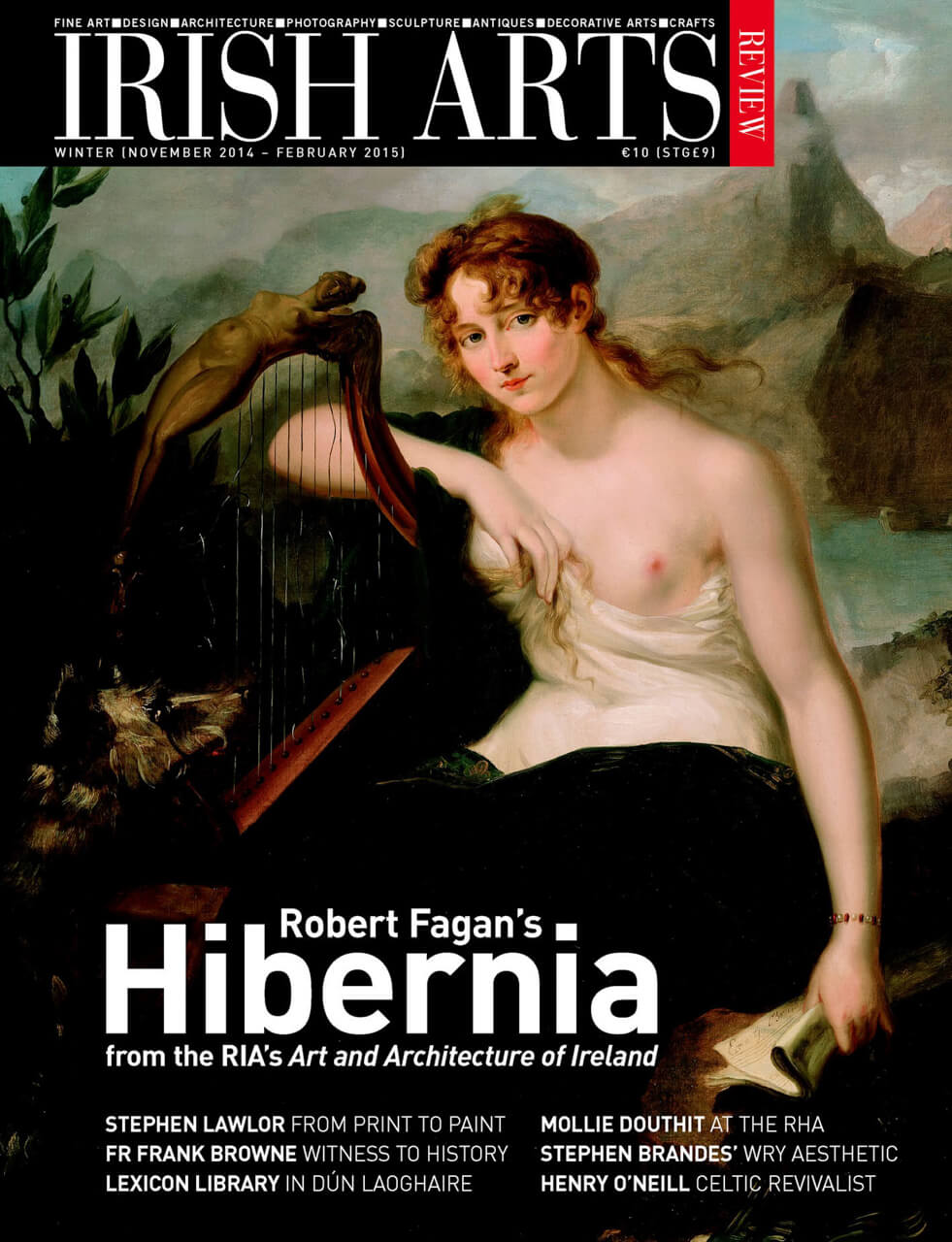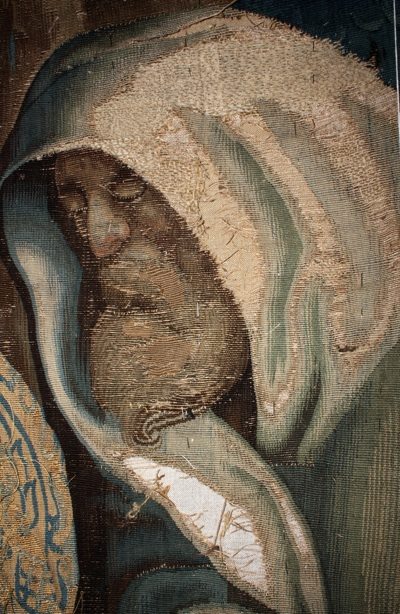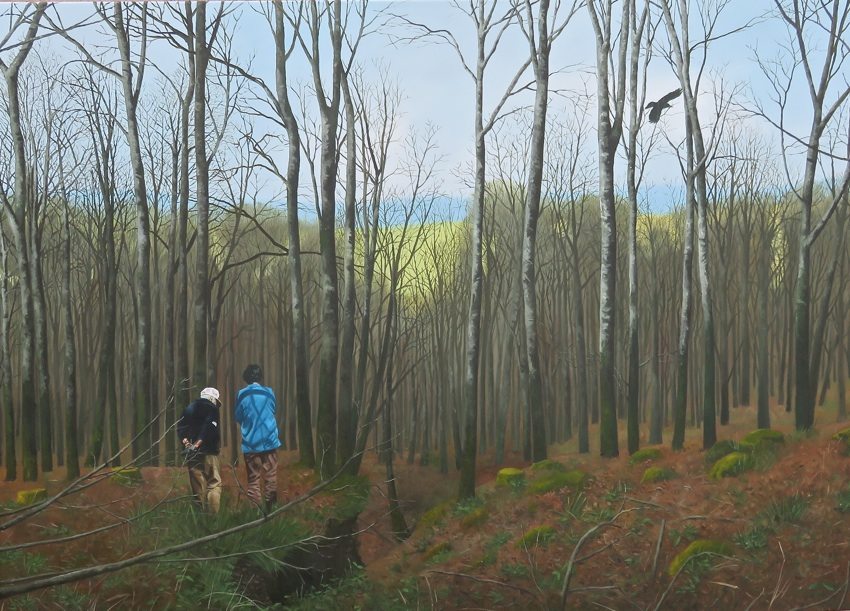

Many principles came into force to guide the shaping of UL’s outdoor sculpture collection, not least the overarching vision of Ed Walsh. Judith Hill gives an insight into its conception
Possessing a display of outdoor sculpture is almost a badge of maturity for a modern university campus. But in the case of the University of Limerick the presence of sculpture is derived from the distinctive philosophy that has underpinned campus development since the early days. This did not entail a plan with provision for sculpture. Public funding would never have stretched to that in the mid-1970s. However, the director, Ed Walsh and his team were alert to any financial opportunities for commissioning sculpture, and they appreciated its possibilities – where it might be placed, how it might function. After nearly thirty-five years, eleven well-positioned pieces speak out in different voices about what it is to be human, reminding us that education aspires to understanding, as well as to the gaining of qualifications.
When the Planning Board of the newly-formed National Institute of Higher Education (NIHE) in Limerick began to consider the location and form of the buildings in 1970, their model was that presented by the New Universities of Britain. Like them, NIHE was to serve an expansion in higher education with a programme that emphasized the training of students to enter a technologically evolving world. Like them, its architecture would be expressive of the modern age. But from the start Walsh, a former Associate Professor at Virginia Polytechnic Institute, also consulted American colleagues. Emulating New University trends, a rural estate – the 73-acre demesne at Plassey – had been acquired. But, advised by VPI architect, Ralph Gordon Echols, its natural and historic landscape was integrated into the development plan, something that rarely happened in New University campus development. So, to a greater extent than in the case of the New Universities, the existing influenced the new. The 18th-century house and parkland setting were not only retained but they shaped the new design: the central courtyard of medium-rise buildings referenced the earlier walled garden and paid homage to Plassey House, while the wider landscape of river and hill was acknowledged through the manipulation of views. Although the architecture was conceived as a rational, economic solution to a well-defined problem, it was to be executed in a context where the creation of a local identity and sense of place also mattered. Philip Shipman, appointed as landscape architect by Patrick Whelan, the designer of the Phase One buildings, would be the practical guardian of this throughout the next thirty years. This sensitivity to landscape would be the catalyst for some sculptural commissions; it would ensure that others were located for maximum effect.
NIHE had a reputation as a technological institute, but Walsh’s message, emphatically broadcast at the completion of the Phase 1A buildings in 1974, stressed the ambition to bridge the gap between the arts and sciences. A technologist should be a rounded, well-balanced person, who could apply specialist knowledge to society, cross international boundaries and take pleasure in his or her work. Art, with its ability to open up the world, was to be a means to this end.
There is aesthetic enjoyment, existential contemplation, emotional connection and fun to be experienced in encounters with these sculptures
Walsh’s ambitions for NIHE (not least his certainty that it should acquire university status, which it did in 1989) were significantly in advance of Department of Education goals, and he realized that he would also need private funding. The model for this was the American university system. Private funding endowed a fundamental degree of autonomy, and could gain a ‘margin of excellence’ for the institute, in terms of academic standards and the creation of an exemplary cultural environment. Apart from balancing the ethos of the institution, art could also endow the specific identity which would be attractive to potential sponsors. By the late 1980s Walsh had met Chuck Feeney. Through Atlantic Philanthropies, Feeney would become the sponsor who would allow the University of Limerick to create a campus of international quality.
Outdoor sculpture is only one component of this, but today, walking around a campus which has retained its parkland setting despite the density of building, it is clear that the university has been wise in its commissions. There is restraint. There is boldness of conception and scale. There is integration. Sculpture arrived over the years in a variety of ways, often through the promptings of the University of Limerick academic, Patrick Doran, deft accounting, and the agency of the architect on any given scheme. Once selected, artists were given a free hand to develop their ideas, although the commissions were discussed by a visual arts committee and reviewed by Walsh and John O’Connor, the financial director who was behind all the major construction projects until his recent retirement. James McKenna’s Resurgence (Figs 1&2) was commissioned by the Board of Thomond College of Education, an institution that was later acquired by the University of Limerick. Ken Thompson’s Sundial (1985) and Peter Logan’s Silver Pencils (Fig 6) were donated by Patrick Whelan and his fellow consultants on completion of Phase One and the Foundation Building respectively. Four works were commissioned in association with new buildings. Alexandra Wejchert’s Geometric Forms (Fig 4) was commissioned for the Robert Schuman Building, a publicly-funded academic building designed by Wejchert’s brother Andrzej. Louise Walsh’s The Diver (Fig 5) was commissioned for Kilmurry Village, funded by Atlantic Philanthropies and designed by Quinn Savage Smyth. Tom Fitzgerald’s Leaf Litany (Fig 3) and Antony Gormley’s Together and Apart (Fig 7) were associated with the library project, funded substantially by Lewis L Glucksman and Atlantic Philanthropies, and designed by Murray √ì Laoire. Three pieces had no direct connection with campus buildings. Michael Warren’s Salmon Fall (Fig 9) was commissioned for the lawn in front of Plassey House. The flagpoles and Sean Scully’s Crann Saoilse (The Wall of Light) were the essential components of de Blacam and Meagher’s main entrance (Fig 9). Finally, Chancellors’ Walk is a commemorative project inaugurated in 2008 in the colonnade of the Millstream Courtyard.
Three of these works were given the task of representing institutional aspiration. McKenna’s Resurgence, a large limestone sculpture1 in which eight figures are displayed in three defined sets like a tableaux vivants, represents the triumph of Irish education through the use of national, political and mythological symbols. This was still a living tradition in late 1970s Ireland, and Resurgence, less inflected by modernism than later campus sculptures, stands apart. When Shane de Blacam won the competition to replace the 19th-century gateposts of the former Plassey estate with a new entrance it was with a modernist proposal of dramatic dimensions in which a long horizontal wall was balanced by oversized vertical flagpoles. Both were set against a yew hedge backed by demesne trees. With this, he succinctly caught the university’s wish to present the older estate and contemporary institution as partners on the site. The objects themselves – the flagpoles, 35m high and constructed in timber using mast technology, and Sean Scully’s wall, composed entirely of 30-inch black and white stone cubes arranged in a chequerboard pattern without plinth or capping – are both highly-crafted objects of functional derivation. Denoting entrance and representing the university, they are symbolic objects. The flagpoles signal the presence of a young vibrant institution, its coloured fluttering flags visible for several miles around. The wall has an existential dimension, not unconnected with the articulated aims of the university. Liberated from the work of enclosure, Scully’s wall is an object defined by its mass. Scully’s refusal to contemplate an interior filled with rubble means that integrity too, unseen though intuited, actual and symbolic, is fundamental. In a public interview Scully compared the analytical thinking encouraged by the university with the wall: ‘It is not explaining any rules to you, it is not didactic – it is a thing. It has a presence that remains mysterious and inexplicable.’ Inadvertently, he was echoing Walsh’s aspiration to balance the rational bias of education with the emotional and spiritual experiences to be derived from art.
The sculpture to be met on arrival at the central plaza of the campus comes with its soul bared. Together and Apart is one of Gormley’s simple ‘bodyforms’, cast in a way that reduces detail to the essential shape of a single man, legs together, arms to his side, head slightly bowed. He stands, a tallish man, without a plinth, identifiable as another human being; unmoving, of course, so that he seems passive, resistant, enduring, sad. The process of positioning him was the act of discovering the most dynamic line to radiate from the entrance of the reception building; rather than an axial, formal relationship between sculpture and architecture that plays on their aesthetic contrasts, this method tapped into the social pulse of the university. The anthropomorphism of the piece encourages viewers to project their own experience onto him, but Gormley has written about the reverse process: ‘I like the idea of a work living in a particular place slowly releasing within lives and collective life, some extension of its being.’ 2
Some sculptures have a deliberately more restricted constituency. Louise Walsh is an artist whose interest in social environments has led her to engage, through her art, with specific communities of people. With The Diver, positioned in the central courtyard of Kilmurry Village and representing a woman diving into a notional pool watched by three heads – ‘hear no evil, see no evil, speak no evil’ – she has made a witty connection with the intensely sociable student world. Other sculptures take their meaning from their locations. Thompson’s equatorial sundial, with separate faces for summer and winter, and Fitzgerald’s Leaf Litany, a stylized evocation of a tree surrounded at its base by astrological symbols, are garden sculptures, bold and robust and, to different degrees, scholarly. Finally, there are sculptures that speak directly to the architecture. Wejchert’s Geometric Forms, a steel constructivist work, formally complements the predominantly rectilinear architecture of the Schuman Building with deep curving forms set in a dynamic triangular plan. Logan’s Silver Pencils, a kinetic sculpture, counters architectural immobility with graceful balletic movement. Both are integral parts of formal landscapes and relate to splendidly conceived fountains. Michael Warren’s erect column of black wood set on a white limestone platform is itself a formal enclave at the tree-lined edge of the rolling 19th-century lawn addressed by Plassey House; it acts as a focus within an existing informal landscape. There is aesthetic enjoyment, existential contemplation, emotional connection and fun to be experienced in encounters with these sculptures. They animate a landscape whose natural, manmade, contemporary and historic forms have been integrated to a surprising degree, so that together they make a place of the campus.
Acknowledgements: Yvonne Davis, Visual Arts Officer, University of Limerick (UL); Tom Fitzgerald, artist; Brian Hand, former Director, Buildings and Estates, UL; Catherine Lawless, former Lecturer and Curator of Collections, UL; Mary Sheehan, former Visual Arts Officer, UL.
Judith Hill is a writer and an architectural historian. Hill is the author of Irish Public Sculpture: A History (Dublin, 1998).
From the IAR Archive
First published in the Irish Arts Review Vol 31, No 4, 2014



